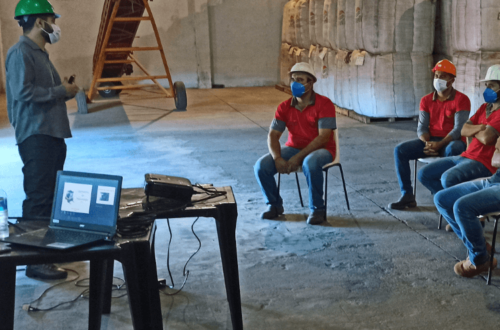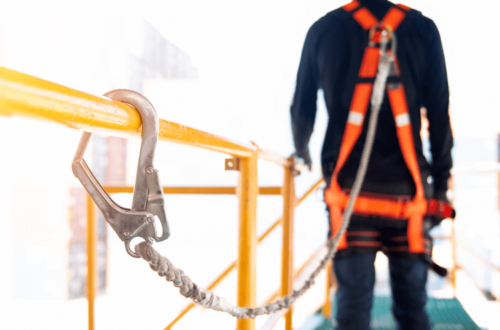
High-Risk Professions
A Closer Look at the World’s Most Dangerous Jobs
In the pursuit of progress and development, numerous industries demand individuals to take on high-risk professions. These jobs require unwavering dedication, immense skill, and, most importantly, the willingness to put one’s life on the line. In this article, we delve into some of the world’s most dangerous jobs, exploring the challenges, risks, and the people who bravely embrace these occupations.
Understanding High-Risk Professions
Defining High-Risk Professions
High-risk professions are occupations that expose workers to significant dangers and hazards regularly. These jobs often involve working in extreme conditions, dealing with life-threatening situations, and facing potential injuries or fatalities.
Factors Contributing to High Risk
Several factors contribute to the high-risk nature of these professions. Some of the common elements include exposure to hazardous materials, extreme environments, physically demanding tasks, high-stress situations, and the unpredictability of certain industries.

The World’s Most Dangerous Jobs
- Firefighters
Firefighters are true heroes who battle raging infernos to protect lives and property. They face immense risks, including collapsing structures, smoke inhalation, and explosions. Firefighting demands extensive training and a deep sense of responsibility.
- Loggers
Working in dense forests, loggers deal with heavy machinery and falling trees daily. The potential for accidents is ever-present, making logging one of the riskiest professions, especially in remote and challenging terrains.
- Fishermen
Fishermen brave the open seas to catch seafood, enduring rough weather conditions and unpredictable waters. They often face dangers from storms, capsizing boats, and working with heavy equipment.
- Construction Workers
Construction sites are full of hazards, from falls and collapsing structures to the operation of heavy machinery. Construction workers need to be vigilant and follow strict safety protocols to mitigate risks.
- Miners
Mining involves digging deep into the earth to extract valuable minerals. Miners face the threat of cave-ins, toxic gases, and equipment malfunctions, making it an extremely dangerous profession.
- Police Officers
Police officers put themselves in harm’s way to uphold law and order. They encounter dangerous criminals, face potential gunfire, and must make split-second decisions that impact lives.
- Aircraft Pilots
Pilots navigate through the skies, dealing with unpredictable weather, technical malfunctions, and the responsibility of hundreds of lives on board.
- Roofers
Roofers work at great heights, exposed to the risk of falls and accidents while handling tools and materials.
- Power Line Technicians
Power line technicians repair and maintain electrical lines, often working at dangerous heights and in adverse weather conditions.
- Waste Collectors
Waste collectors face health risks from exposure to hazardous waste materials and potential accidents while operating collection vehicles.
The Human Factor: Bravery and Dedication
These high-risk professions require more than just skills and training; they demand extraordinary bravery, dedication, and a sense of duty. The individuals who choose to pursue these careers understand the inherent dangers but remain committed to their roles, driven by a passion for their work and a desire to serve their communities.
Conclusion
High-risk professions play an essential role in society, serving in critical industries despite the dangers they face. Their dedication and courage inspire admiration and gratitude. While these jobs come with inherent risks, they attract individuals with an unwavering sense of responsibility and a commitment to making a difference in the world. As we celebrate their efforts, we must also prioritize their safety and well-being.
FAQs
- Why do people choose high-risk professions?
People choose high-risk professions for various reasons, including a sense of purpose, adventure, financial incentives, and a desire to serve the community.
- How do high-risk professionals mitigate risks?
High-risk professionals undergo rigorous training and adhere to strict safety protocols to mitigate risks. They also rely on teamwork and quick decision-making in critical situations.
- What are some essential qualities for high-risk professions?
Essential qualities for high-risk professions include bravery, physical fitness, mental resilience, quick thinking, and adaptability to unpredictable situations.
- How can society support high-risk professionals?
Society can support high-risk professionals by providing adequate safety training, equipment, and resources. Additionally, recognizing and appreciating their efforts goes a long way in boosting morale.
- What measures can be taken to improve safety in these professions?
Improving safety in high-risk professions requires continuous evaluation and improvement of safety protocols, incorporating advanced technologies, and providing mental health support for professionals dealing with trauma and stress.




